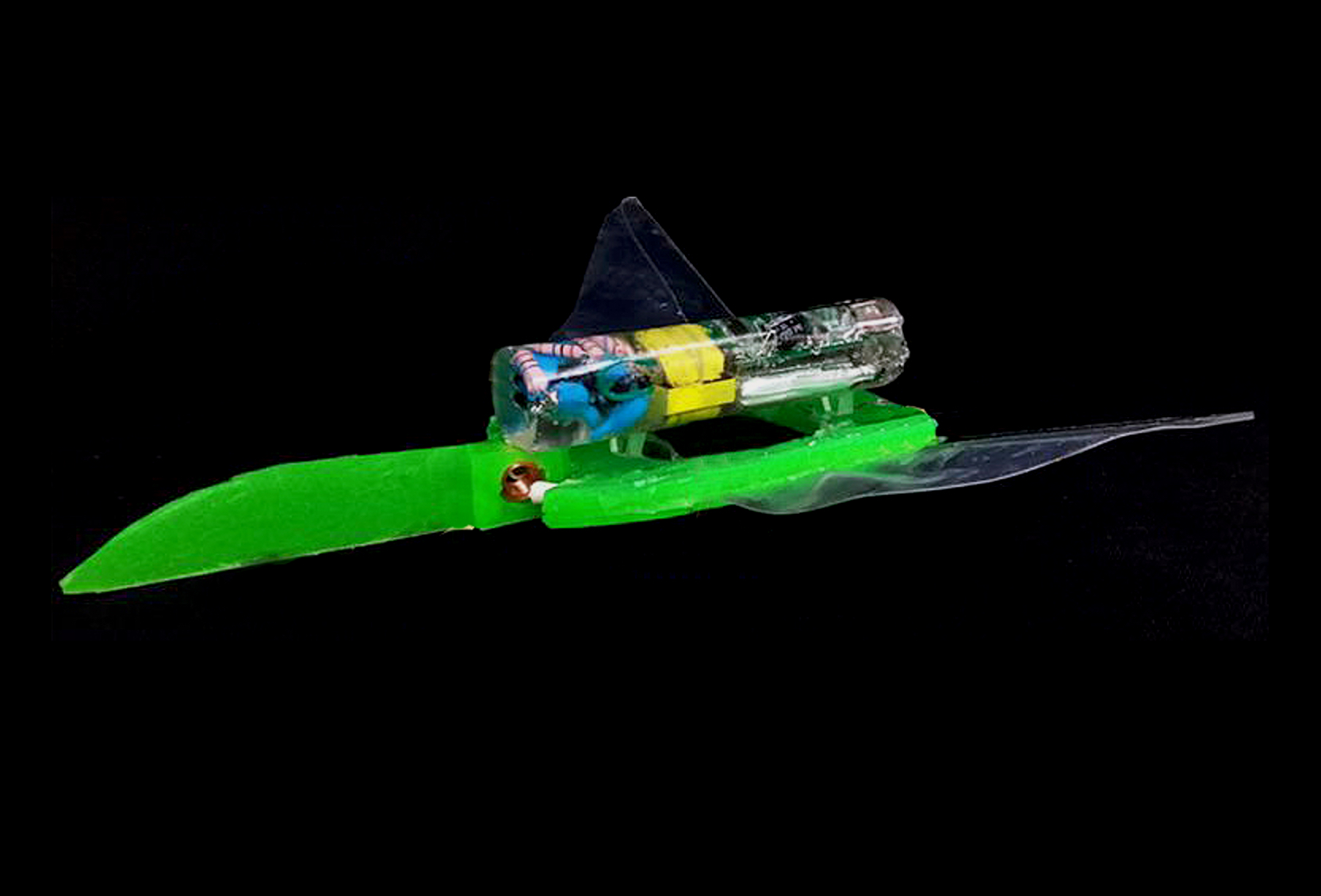Electric and Magnetic Fields Drive Soft, Flexible Robots

oboticists are getting quite good at making robots with soft, flexible bodies. There are lots of good reasons to do this: Robots with inherent compliance can be safer to work around, more resilient to damage, and can leverage lots of unique methods of locomotion. The issue with soft robots is that you often have to make compromises when it comes to powering them or getting them to move, because those things usually involve the addition of components that aren’t soft at all, like batteries and actuators.
Over the last week or so, two new methods of soft robot locomotion have shown up in the news: One of them using external magnetic fields, and the other using an electric field to power flapping fins.
This robotic ray, which was developed at Zhejiang University in Hangzhou, China, is propelled by soft flapping wings made of dielectric elastomers, which bend when electricity is applied to them. Dielectric elastomers respond very quickly with relatively large motions, but they require very high voltages (on the order of 10 kilovolts) to get them to work. Traditionally, dielectric elastomers are covered in insulation, but for this aquatic application the researchers instead just submerged everything insulation free, relying on the water to act as both electrode and electric ground.[Read More]
Soft, Flexible Fish-Bot Swims on Electricity
